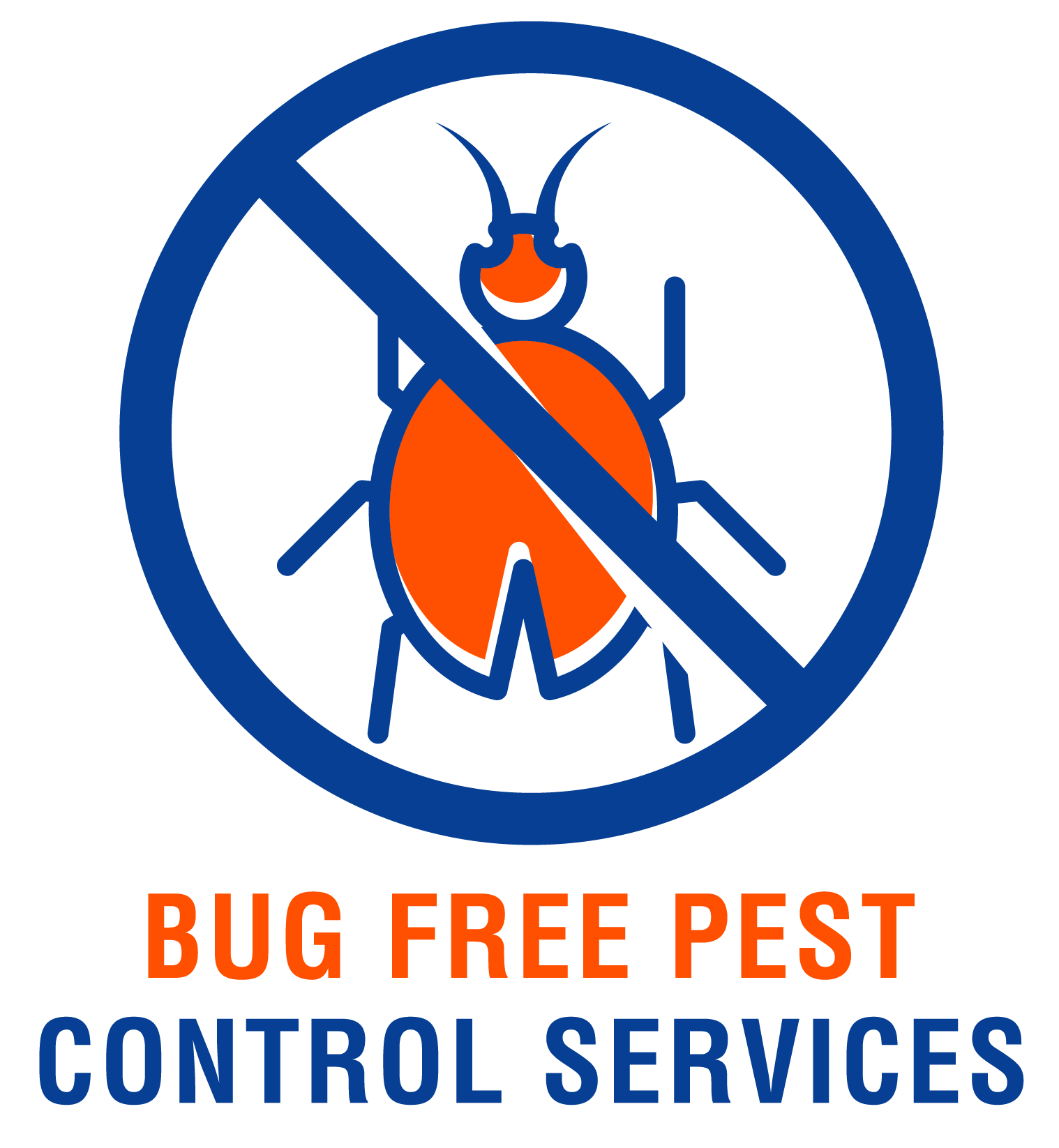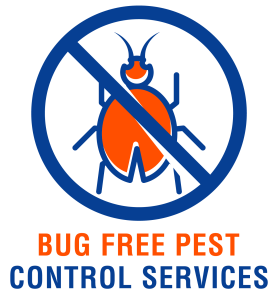If you’ve ever had the unfortunate experience of dealing with fleas and ticks on your pets, you know how frustrating and uncomfortable it can be for both you and your furry friend. However, fear not! In this article, we will explore some effective ways to protect your pets from these pesky parasites. From regular grooming to preventative medications, we’ve got you covered with all the tips and tricks to keep your pets flea and tick-free. So, sit back, relax, and let’s dive into the world of pet protection!
Regular grooming
Brush your pet regularly
Regular brushing is an essential part of maintaining your pet’s hygiene and preventing flea and tick infestations. Brushing helps remove loose fur and dirt that can attract parasites. It also allows you to check for any signs of flea or tick activity on your pet’s skin. Make sure to use a brush that is suitable for your pet’s coat type and be gentle to avoid hurting them.
Bathe your pet with flea and tick shampoo
In addition to regular brushing, it is important to bathe your pet with a flea and tick shampoo specifically designed for pets. These shampoos contain ingredients that help eliminate and repel fleas and ticks. Follow the instructions on the shampoo bottle and make sure to thoroughly lather your pet’s coat and rinse them well. Avoid getting shampoo in their eyes or ears.
Trim your pet’s fur
Long fur can make it easier for fleas and ticks to hide and thrive. Regularly trim your pet’s fur to a manageable length, especially during the warmer months when these parasites are more prevalent. Be careful while trimming, and if you’re unsure about how to do it properly, consider taking your pet to a professional groomer.
Maintain a clean environment
Vacuum your home frequently
Fleas and ticks can easily find their way into your home, so it’s crucial to vacuum your floors, furniture, and carpets regularly. These pests can lay eggs in carpets, rugs, or hidden corners, so be thorough when vacuuming to remove any potential eggs or larvae. Remember to empty the vacuum bag or canister outside to prevent re-infestation.
Wash your pet’s bedding regularly
Your pet’s bedding can be a breeding ground for fleas and ticks if not cleaned regularly. Wash their beds, blankets, and pillows in hot water with detergent to kill any pests that may be hiding in them. If possible, dry them at a high temperature to ensure all the parasites are eliminated. Consider having an extra set of bedding to use while one is being washed.
Keep your yard well-maintained
Fleas and ticks can also lurk in your yard, waiting to attach themselves to your pet when they venture outside. To minimize the risk, keep your yard well-maintained by regularly mowing the grass, removing any leaf litter or debris, and trimming shrubs and bushes. Creating a clean and tidy outdoor space will reduce the chances of fleas and ticks finding a home in your yard.
Use preventive medications
Consult with your vet for suitable medications
One of the most effective ways to protect your pet from fleas and ticks is by using preventive medications. Consult with your veterinarian to determine the most suitable options for your pet based on their age, weight, and health condition. Veterinarians can prescribe oral or topical medications that kill and repel fleas and ticks, providing long-lasting protection.
Apply topical or oral flea and tick treatments
Once you have discussed with your vet, apply the recommended topical or oral flea and tick treatments to your pet as directed. These treatments are designed to eliminate existing infestations and prevent future ones. Topical treatments are applied directly to your pet’s skin, while oral treatments are administered orally. Follow the instructions carefully to ensure proper dosage and effectiveness.
Consider using flea collars
Flea collars are another option for protecting your pet against fleas and ticks. These collars release chemicals that repel and kill these parasites. They are easy to use and provide extended protection. However, it’s important to carefully read the instructions and make sure the collar fits properly to prevent any discomfort or choking hazards.
Check for fleas and ticks regularly
Inspect your pet’s fur and skin
Regularly inspecting your pet’s fur and skin is essential for detecting any signs of fleas and ticks. Look for small black/brown dots (flea dirt), redness, swelling, or any wounds that could indicate a parasite infestation. Part your pet’s fur and examine their skin carefully, paying close attention to areas where fleas and ticks are commonly found, such as around the neck, ears, and tail.
Use a fine-toothed comb to check for fleas and ticks
A fine-toothed comb is a useful tool for removing fleas and ticks from your pet’s fur. Comb through your pet’s coat, paying attention to the areas mentioned earlier, and look for any crawling or clinging parasites. Dip the comb in soapy water or alcohol between strokes to kill the fleas or ticks and prevent them from escaping.
Look out for symptoms of infestation
Being aware of the symptoms of flea and tick infestations can help you detect any problems early on. Watch out for excessive scratching, biting, chewing, or licking, as these may indicate the presence of these parasites. Other signs include hair loss, irritated skin, red bumps, and the presence of small, dark specks on your pet’s fur. If you notice any of these symptoms, consult your veterinarian for further guidance.
Avoid known infested areas
Steer clear of areas with high flea and tick populations
Prevention is key when it comes to protecting your pet from fleas and ticks. Avoiding areas with a high population of these pests can significantly reduce the risk of infestation. Areas with tall grass, dense vegetation, or known wildlife habitats are often hotspots for fleas and ticks. Opt for open, well-maintained areas for outdoor activities with your pet.
Avoid tall grass and wooded areas during peak seasons
Fleas and ticks are more active during certain seasons, so it’s important to be extra cautious during these times. Avoid walking your pet in tall grass or wooded areas during peak flea and tick seasons. Opt for paved paths or well-groomed trails instead. If you do venture into these areas, make sure to check your pet thoroughly afterward for any unwanted hitchhikers.
Keep your pet away from other infested animals
Pets can easily pass on fleas and ticks to one another, so it’s crucial to keep your pet away from any animals that are infested. If you notice another pet has fleas or ticks, avoid any close contact between your pet and the infested animal. This will minimize the risk of your pet picking up these parasites and bringing them into your home.
Protect your home from fleas and ticks
Seal any cracks or openings in your home
Fleas and ticks can find their way into your home through small cracks or openings. Inspect your home for any potential entry points, such as gaps in doors, windows, or foundations. Seal these openings using caulk, weatherstripping, or any suitable materials to prevent fleas and ticks from entering your living space.
Install screens on windows and doors
Installing screens on your windows and doors is an effective way to keep fleas and ticks out while still allowing fresh air to circulate. Make sure the screens are properly fitted and free from any tears or holes that could serve as entry points. Regularly inspect and repair any damaged screens to maintain their effectiveness.
Use insecticides or natural repellents in your home
To further protect your home from fleas and ticks, consider using insecticides or natural repellents. These can be applied to your home’s common areas or pet resting spots. Make sure to choose products that are safe for pets and follow the instructions carefully. Keep in mind that natural repellents may require more frequent applications.
Treat your yard for fleas and ticks
Mow your lawn regularly
Keeping your lawn well-manicured is an important step in preventing flea and tick infestations. Mow your lawn regularly to reduce the height of the grass, which creates an unfavorable environment for these pests. Additionally, sunlight can better reach the soil, making it less suitable for flea and tick survival.
Remove leaf litter and debris
Fleas and ticks are attracted to leaf litter and debris, as they provide shelter and moisture. Regularly remove fallen leaves, grass clippings, and any other debris from your yard. Dispose of them properly to prevent the accumulation of potential hiding spots for parasites.
Use insecticides or natural repellents in your yard
Treating your yard with insecticides or natural repellents is an effective way to keep fleas and ticks at bay. Consult with a professional exterminator or your veterinarian for recommendations on suitable products for outdoor use. Apply them as directed, focusing on areas where flea and tick activity may be more prevalent, such as around shrubs, trees, and fences.
Keep outdoor pets protected
Provide a flea and tick-free shelter
If your pet spends a significant amount of time outdoors, it’s crucial to provide them with a flea and tick-free shelter. Make sure their outdoor accommodations, such as a doghouse or kennel, are regularly cleaned and treated with suitable repellents. Placing their shelter in an area with minimal flea and tick activity can also help minimize the risk of infestation.
Check your pet thoroughly after outdoor activities
After your pet has been outside, take the time to inspect them thoroughly for fleas and ticks. Pay attention to areas like their paws, ears, and fur. Remove any parasites you find using a fine-toothed comb, tweezers, or a tick removal tool. Remember to be gentle and avoid squeezing the parasites, as this can release harmful bacteria into your pet’s bloodstream.
Create a tick-safe zone in your yard
Consider creating a designated tick-safe zone in your yard where your pet can play without the risk of exposure to ticks. This can be achieved by using materials like gravel or wood chips to create a barrier around the area. Regularly inspect and maintain this zone to ensure it remains free of ticks and other pests.
Ensure proper nutrition and health of your pet
Feed your pet a balanced diet
A healthy diet plays a significant role in maintaining your pet’s overall well-being, including their ability to fend off fleas and ticks. Provide them with high-quality pet food that is rich in nutrients and suitable for their specific needs. A well-nourished pet will have a stronger immune system, making them less susceptible to parasite infestations.
Maintain regular veterinary check-ups
Regular veterinary check-ups are essential for monitoring your pet’s health and catching any potential flea or tick-related issues early on. During these visits, your veterinarian can perform a thorough examination, check for any signs of infestation, and recommend appropriate preventive measures or treatments if necessary. Follow their guidance to keep your pet in optimal health.
Boost your pet’s immune system
A strong immune system can help your pet fight off fleas and ticks more effectively. Ensure they receive all necessary vaccinations and boosters to bolster their immune response. Additionally, providing them with regular exercise, a stress-free environment, and ample rest will contribute to their overall well-being and help maintain a strong immune system.
Educate yourself about fleas and ticks
Learn about the life cycle and behavior of fleas and ticks
Understanding the life cycle and behavior of fleas and ticks is crucial in effectively protecting your pet. Educate yourself about how these parasites reproduce, their preferred habitats, and the signs of infestation. This knowledge will enable you to take proactive measures and respond promptly if you suspect your pet has been exposed to fleas or ticks.
Understand the risks and potential dangers
It’s important to be aware of the risks associated with fleas and ticks, as well as the potential dangers they pose to your pet’s health. Fleas can cause itching, skin infections, and allergic reactions, while ticks can transmit diseases such as Lyme disease and Rocky Mountain spotted fever. By understanding these risks, you can prioritize preventive measures and seek prompt veterinary care if needed.
Stay updated on preventive measures and treatments
Advancements in veterinary medicine have introduced new preventive measures and treatments for fleas and ticks. Stay informed about the latest options available and consult with your veterinarian regularly to ensure you are using the most effective products for your pet. Being up-to-date on preventive measures and treatments will go a long way in keeping your pet safe and free from flea and tick infestations.
In conclusion, protecting your pets from fleas and ticks requires a multi-faceted approach. Regular grooming, maintaining a clean environment, using preventive medications, checking for infestations, avoiding known infested areas, protecting your home and yard, keeping outdoor pets protected, ensuring proper nutrition and health, and educating yourself about fleas and ticks are all essential steps in safeguarding your beloved companions. By implementing these measures, you can create a safe and flea- and tick-free environment for your pets, allowing them to live happy and healthy lives.


